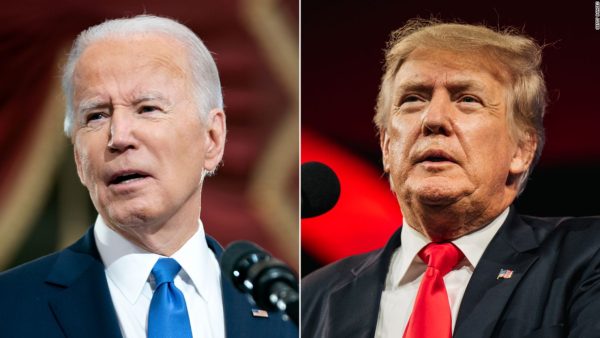Minneapolis Public Schools Face Contract Disputes
February 23, 2018
As of June 30, 2017, the two-year contract deal between the Minneapolis Federation of Teachers and Minneapolis Public Schools expired. This caused a wave of unrest and tension between the teachers effected and the federation. Time passed with no deal, and teachers have been working without understanding the terms of their work. Tensions were raised to the point that a teacher strike was planned if no deal were made.
The Minneapolis Federation of Teachers was founded in 1918 and ever since has been working hard to improve the life of not only the teachers represented but also the students for which they work tirelessly to provide an efficient and effective learning environment. The Federation staged its first-ever strike in 1946 in the middle of winter, picketing for fair pay for female teachers as well as a supply of textbooks for their students. In more modern years the federation is known for advocating for higher wages and smaller class sizes. Both of which have become increasingly important issues and were again relevant after the expiration of the 2015-2017 contract as the district attempted to again raise class sizes to cut down on costs. The district also disagrees with the union on wage increases, with the union proposing raises of 2.5 percent.
Originally, the school district had held firmly that the federation must sign an application for Q-Comp. By being part of the Q-Comp program, the district and union would have a platform over key issues. It also comes with financial benefits of up to $260 of funding per student and up to $3000 aid per teacher in certain cases. 105 school districts are currently receiving aid from Q-Comp with others patiently on the waiting list. Yet the Federation strongly opposed this solution, forcing the district to find alternate solutions to avoid a strike.
To finally make strides towards a new contract agreement and avoid some looming strike negotiations, a third-party mediator was brought in to facilitate negotiations. With an anticipated $33 million deficit over the next year, the school district had very little budging room to provide both the higher wages and lower class sizes. Finally, on February 12, a tentative contract was reached between the two organizations. Included in the agreement: a 1 percent increase to teacher salaries over the next year. These raises utilized all the budget allocated to teacher contract negotiations established by the public schools. The next obstacle came from attempting to reach the demands of the union without the funds to do so. These remaining concerns were addressed without further costs to the school district. The Minneapolis Federation of Teachers will hold a final vote on the contract on February 22. These last-second compromises effectively saved the district from strikes, that could have hindered thousands of students’ learning. If the strike had indeed happened, schools would have been closed for two days, something not even Minnesota’s harshest blizzard, could cause. This closure would have forced many students to resort to one of only seven open schools to find their next meal.
With costs constantly rising and funding drastically lagging, these types of contract disputes are likely to continue happening. To continue nurturing the education of Minnesota’s youth, these types of quarrels will need to continue to be handled every other year. This begs a debate over what can be done in the future to prevent any student from being forced out of school by an issue that shouldn’t interrupt a student’s learning.











